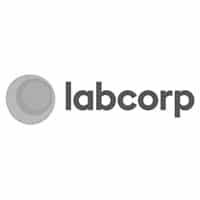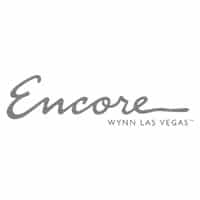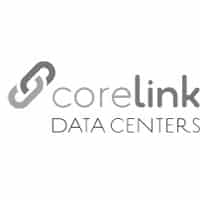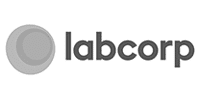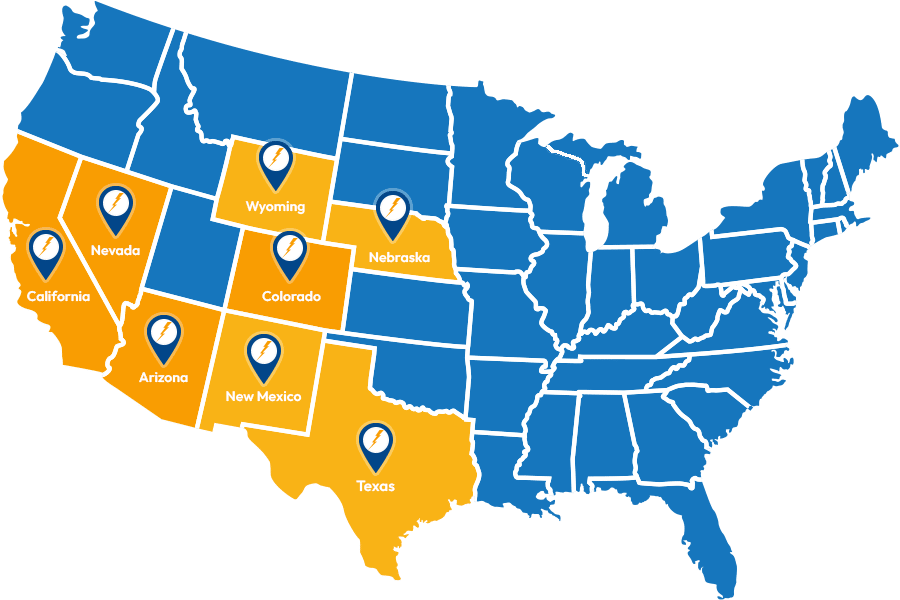 Every data center operates with a budget that plays a major role in determining specific data center infrastructure choices. Any time major decisions must be made the budget will come into play, there will be discussion of upfront cost and what the potential return on investment is. But, beyond those two things there are other factors to consider. To get a true picture of value and help you make a better picture it is wise to look at the total cost of ownership, or TCO. This is especially true when determining what UPS system is best for your data center. By calculating UPS Total Cost of Ownership you will be able to realize both energy and cost saving potential over the life of the system and make a better, well-informed decision for your data center and its specific needs.
Every data center operates with a budget that plays a major role in determining specific data center infrastructure choices. Any time major decisions must be made the budget will come into play, there will be discussion of upfront cost and what the potential return on investment is. But, beyond those two things there are other factors to consider. To get a true picture of value and help you make a better picture it is wise to look at the total cost of ownership, or TCO. This is especially true when determining what UPS system is best for your data center. By calculating UPS Total Cost of Ownership you will be able to realize both energy and cost saving potential over the life of the system and make a better, well-informed decision for your data center and its specific needs.
When calculating UPS Total Cost of Ownership, there are a few key areas to look at that will make an impact. First are the initial purchase and installation costs. While the initial purchase of a UPS may seem significant, and while it is important, it is far from the only thing that will influence the Total Cost of Ownership. While the lowest cost solution may seem ideal because it will require the least investment up front, and it may seem like a “bargain,” you often get what you pay for and it is frequently not the best overall investment. For instance, if your UPS system will go through batteries more frequently, the cost of UPS batteries, as well as the additional installation time may end up adding substantial hidden cost to the TCO. In addition to initial purchase and installation costs, UPS efficiency must also be considered. Nothing will be a bigger drain on your energy, and thus your money than an inefficient UPS. What major facilities have shown us is that even what seems to be a small gain will often yield substantial savings. Even a 1 or 2 percent energy savings from a more efficient UPS has the potential to save millions of dollars for a data center over the life cycle of a UPS system. Additionally, it is important to assess the cooling needs of a UPS system before installing. While a small gain in UPS efficiency may yield savings, those savings could be quickly drained by a system that requires a substantial amount of cooling when compared with another UPS system. Finally, it is wise to look at the maintenance and component requirements of the UPS system as these two things will add considerable cost to the cost of ownership. Some UPS batteries may need to be checked multiple times per year while others may only need to be checked annually thus saving maintenance time. Data Center Knowledge elaborates on how maintenance costs influence TCO, ” For example, does the UPS topology have sufficient redundancy that allows a single UPS unit to be taken off-line for maintenance or evaluation, or does the entire power plant need to shut down while maintenance or repair is performed? Even scheduled maintenance has an effect on uptime, data and processing transfer time and costs, including labor costs. Scheduled battery replacement is probably the major OpEx cost of a UPS, representing a significant part of a maintenance budget. If TCO is a critical evaluation factor, then understanding which battery technologies can extend the life cycle of a UPS becomes important. The same is true for remote UPS monitoring systems that improve battery life, maintenance and upgrade strategies.” Finally, do not forget to factor in the end-of-service costs that come with ending the use of a particular UPS system and changing infrastructure as a result. There are many metrics available for calculating data center UPS Total Cost of Ownership so that you can have a full picture of a UPS system before deploying it in your data center.


